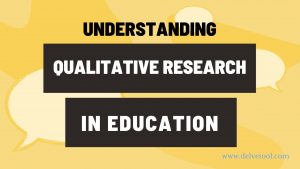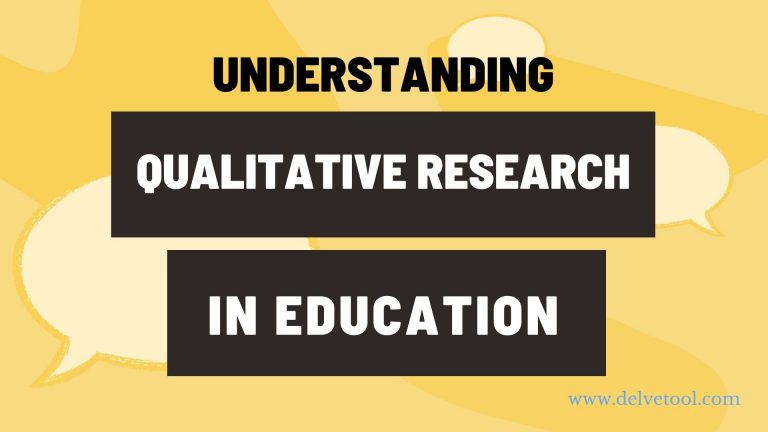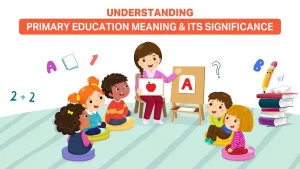Educational technology, or EdTech, has revolutionized the way we learn and teach. It encompasses a wide range of tools and technologies that are used to enhance the learning experience and improve educational outcomes.
The Evolution of EdTech
From the early days of chalkboards and textbooks to the digital age of interactive whiteboards and online learning platforms, EdTech has come a long way. Some key milestones in the history of EdTech include:
- The Advent of the Computer: Computers transformed education by enabling students to access information and learn at their own pace.
- The Internet and World Wide Web: The internet revolutionized education by providing access to a vast amount of information and online learning resources.
- Mobile Learning: The rise of smartphones and tablets has made learning accessible anytime, anywhere.
- Artificial Intelligence: AI-powered tools are being used to personalize learning, automate tasks, and provide intelligent tutoring.
Key Components of EdTech
- Learning Management Systems (LMS): LMS platforms provide a centralized platform for delivering online courses, tracking student progress, and facilitating communication between instructors and students.
- Educational Software: Software applications designed to teach specific subjects or skills, such as math, science, and language arts.
- Interactive Whiteboards: Large touchscreens that allow teachers to present lessons, annotate documents, and collaborate with students.
- Mobile Learning Apps: Mobile apps that provide access to educational content, quizzes, and games.
- Virtual and Augmented Reality: Immersive technologies that create realistic learning environments.
- Artificial Intelligence and Machine Learning: AI-powered tools can personalize learning, automate tasks, and provide intelligent tutoring.
Benefits of EdTech
- Personalized Learning: Tailoring instruction to individual student needs and learning styles.
- Enhanced Engagement: Using interactive tools and multimedia to make learning more engaging.
- Accessibility: Providing education to learners with disabilities and those in remote areas.
- Improved Learning Outcomes: Research has shown that EdTech can lead to improved student achievement.
- Global Collaboration: Facilitating collaboration between students and educators from around the world.
Challenges and Considerations
While EdTech offers numerous benefits, it also presents challenges:
- Digital Divide: Ensuring equitable access to technology and the internet.
- Teacher Training: Equipping teachers with the skills to effectively use EdTech tools.
- Privacy and Security: Protecting student data and privacy.
- Overreliance on Technology: Balancing technology with traditional teaching methods.
The future of education is likely to be increasingly technology-driven. By leveraging the power of EdTech, we can create more engaging, effective, and equitable learning experiences for students of all ages.
Would you like to delve deeper into a specific aspect of EdTech, such as online learning, virtual reality, or artificial intelligence in education?










+ There are no comments
Add yours